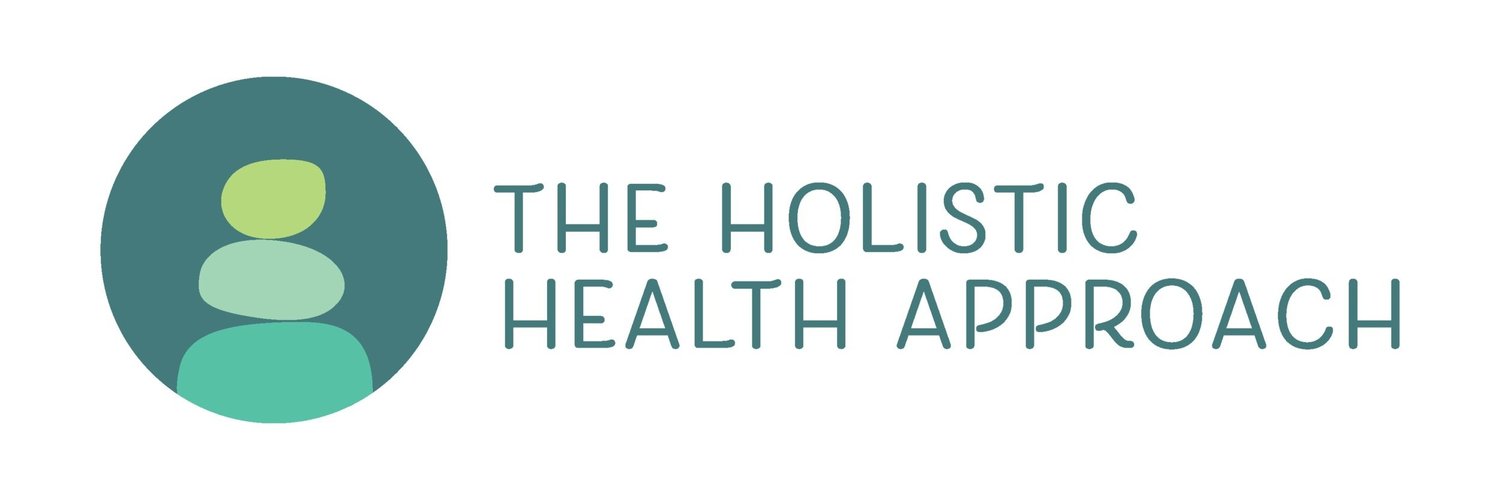Are You Full Yet?
What could be more important than a little something to eat? – Winnie the Pooh
Whether you are someone who loves food or finds eating a chore, you can’t get around the fact that food is a daily requirement. As something dealt with so frequently, you would think that whole “feed myself” thing would be easily perfected! Unfortunately, this is usually not the case. Why the struggle? In short, it boils down to a struggle with awareness.
Part of food choices is, of course, what to eat to fuel your body and optimize health. Maybe you read nutrition books or magazines, get health newsletters or see nutrition tidbits on TV. Educating yourself about nutrition and food brings awareness to your culinary choices. However, just as important is the understanding of when to stop eating the foods you choose.
Have you ever overstuffed yourself to discomfort and it wasn’t Thanksgiving? Maybe you ate a bag of chips watching your favorite show, or wolfed down that perfect lunch of veggies, sweet potato and grilled chicken. Now you are rubbing your belly like Winnie the Pooh after a jar full of honey. Putting nutrition content aside, in both situations there was no real awareness around the food. This unconscious eating – whether healthy food or not – hinders progress towards any health goals you may have.
The good news is that you only need one thing to break this cycle of eating to discomfort – awareness. Awareness of how you are feeling when you eat. Are you starving or mildly hungry? Are you starting to feel full but still eating? Are you not even hungry and eating out of habit because “it’s time to eat”? Awareness is a powerful tool at each and every meal.
How do you become more aware around food? First, you need to learn about satiety. Webster’s definition of satiety is “a feeling or condition of being full after eating food.” This sounds vague, but the trick to satiety is to feel satisfactorily full without overindulging. Here are some tips to help you learn how to eat to satisfaction and avoid the discomfort:
Eat Slowly. It takes roughly 20 minutes for the stretch receptors in your stomach to tell your brain you’ve had enough. When you eat at lightning speed it is much easier to eat too much before your body tells you “ok, I just ate too much.” Relax! Sit at the table instead of eating at the kitchen counter and take time with your meal.
Eat to 80% Full. What the heck does that mean? Think of that number as a ballpark. What you really need to focus on is your hunger sensation. Are you starting to feel satisfied but could eat another few bites? You are probably around 80%. Eating until you no longer feel hungry – instead of eating until you feel full – will help you begin to understand true eating to satisfaction.
Enjoy Foods Rich in Fiber, Protein and Healthy Fats. These foods help signal to the brain that you are full. So load up on vegetables throughout the day and eat high quality protein and healthy fats at each meal or snack. This will help you feel satisfied without overeating (at least when you still eat slowly!).
Avoid Highly Processed Carbohydrates and Sugars. These foods do not register fullness until it’s too late. They also create energy crashes and subsequent cravings because of a false sense of hunger. Avoid processed foods and sugars – you will be able to regulate your hunger cues and save yourself from that inevitable energy slump.
Keep in mind these four tips are not easy! It will take practice. Start by just timing a meal to see how fast you really eat. If you eat a large meal in under 20 minutes, you have opportunity to improve. Practice adding a minute to one meal each day. If you notice yourself eating fast, put down your fork and take a deep breath. Slowing down with food will help you understand what 80% full feels like, how healthy foods satisfy you and how processed foods make you feel. That all brings awareness around your food, which will bring you one step closer to your goals.

